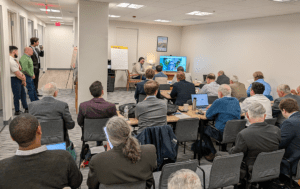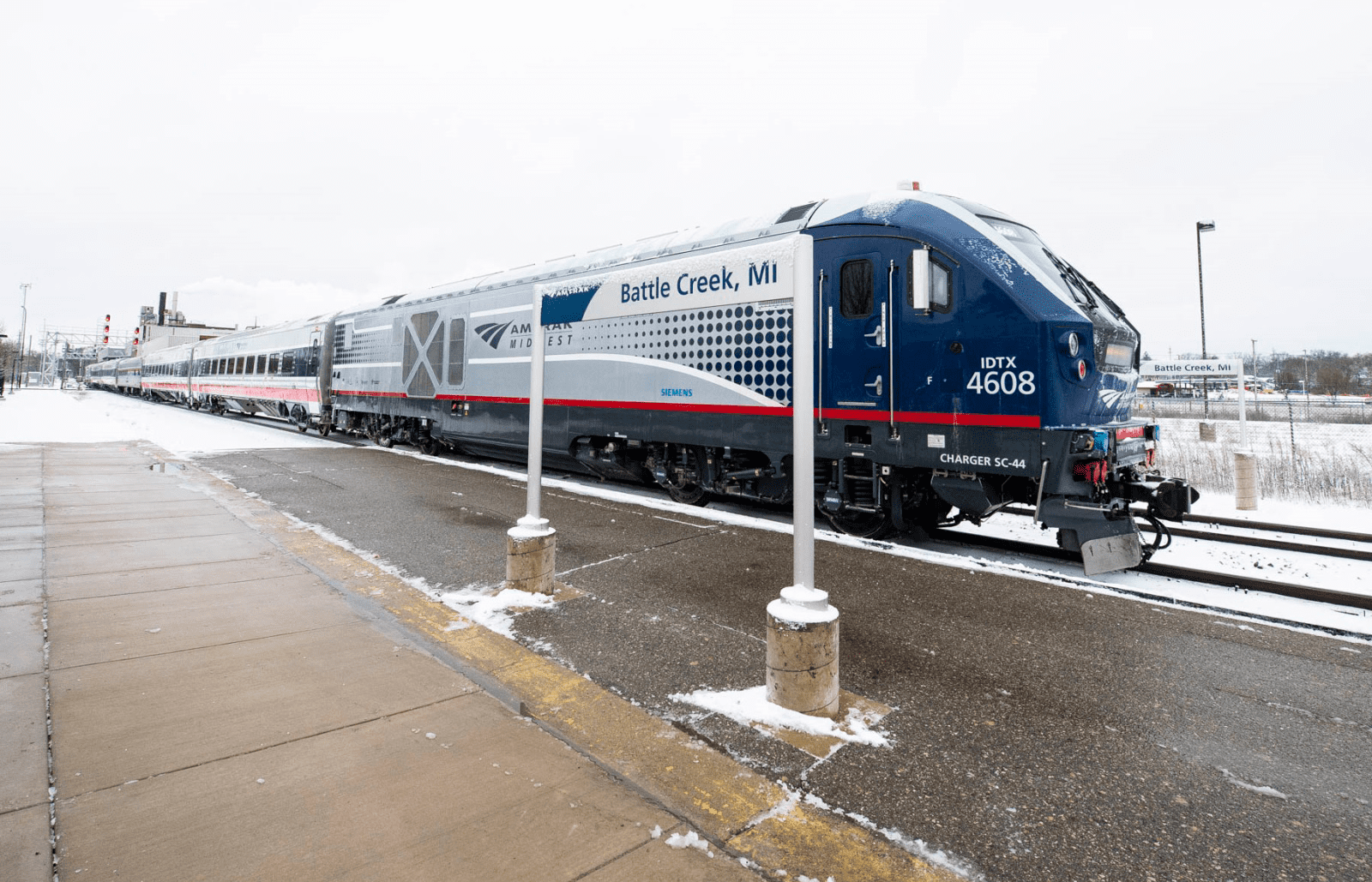At RailNation DC 2025, transportation leaders and advocates gathered to discuss the future of passenger rail. Hosted by the Rail Passengers Association, the conversations revolved around three pivotal themes—each underscoring the challenges and opportunities shaping rail in America.
1. The Deeper Meaning of Passenger Flow
When we think of “passenger flow,” boarding and disembarking might come to mind. But at RailNation DC 2025, the conversation expanded the definition—framing flow as a holistic experience that begins long before a passenger steps onboard.
Passenger flow now starts at the very beginning: when someone researches their trip. It stretches across ticketing, navigating stations, riding the train, and ultimately, arriving at their destination. Each touchpoint influences whether that journey feels seamless—or frustrating.
Understanding Flow as an Experience
To build a modern, passenger-first rail system, flow needs to be integrated across all dimensions:
– Booking: Online systems should be fast, intuitive, and accessible.
– Station Navigation: Signage, gates, and wayfinding should eliminate confusion and keep people moving.
– Onboard Experience: Reliable Internet, at-seat ordering, and timely announcements enhance comfort and control.
– First/Last Mile: Rail must connect seamlessly into ride-shares, buses, and local transit to complete the journey.
Passenger flow isn’t just functional—it’s emotional. It determines whether someone views rail as convenient and joyful or stressful and slow. Done right, flow becomes the portal to the destination. It’s what defines a passenger’s relationship with the entire system.
“Passenger flow isn’t just about how people move through a station or a train car. It’s about whether the system feels accessible, intuitive, and human,” says Jim Mathews, President & CEO of the Rail Passengers Association. “If people feel lost or frustrated at any point, you’ve lost them. That’s why flow needs to be considered from the moment someone thinks about taking the train.”

2. Operations Funding Isn’t Optional—It’s Essential
One of the strongest messages from RailNation DC 2025 was a necessary reframing of how we think about rail funding. Capital grants get headlines—they fund tracks, stations, and shiny new assets. But it’s operational funding that keeps trains moving.
Operations grants cover the everyday backbone of service: staffing, maintenance, fuel, logistics, and scheduling. For decades, federal funding has disproportionately favored capital investments—leaving critical operations underfunded and vulnerable.
“There’s no transportation service anywhere on Planet Earth that can cover all its costs just by selling tickets,” said Jim Mathews. “Flying, buses, roads—all get paid for at least partially by some kind of financial support for operational needs. The math is clear: anywhere you invest in operational support, the local economy benefits by many multiples of what you invest.”
Case in Point: Amtrak’s Borealis Service
The Borealis route, recently launched with a $38.6 million award from the U.S. Department of Transportation, is a rare example of federal operational support done right. Through the Restoration and Enhancement Grants program, the route is now fully funded for six years—not just in steel and concrete, but in people, reliability, and service delivery.
That funding is the difference between a blueprint and a dependable passenger service.
The Case for Prioritizing Operations
– Sustainability: Operations grants keep the lights on and allow systems to grow with demand.
– Resilience: They help adapt to changing needs—especially in rural and underserved areas.
– Equity: They support daily service in places where mobility options are limited.
Investing in operations isn’t a luxury. It’s what makes service real. Because infrastructure without operations is just potential—unrealized and unused.
3. Support For Rail is Nonpartisan
Passenger rail isn’t a left-or-right issue. It’s a service that solves real problems—connecting people, boosting economies, and giving communities options.
Take the Heartland Flyer, running between Fort Worth, TX, and Oklahoma City. OK, it’s backed by the North Central Texas Council of Governments—an organization focused on results, not politics. They used Regional Toll Revenue funds to help cover operations. Not because it made headlines. Because it made sense.
And they’re not alone.
In 2024, the Mid-Ohio Regional Planning Commission’s Central Ohio Passenger Rail Committee began laying the foundation for a new service in a state where rail was once seen as a long shot. The effort gained bipartisan traction by focusing on practical outcomes: access, growth, and regional connectivity.
Nationwide, demand is strong—and growing. Amtrak hit a record in 2024, with 32.8 million riders. But as Jim Mathews noted, the success of passenger rail isn’t just about big cities or legacy corridors:
“Don’t just focus on the coasts’ big numbers with large, dense rail networks. Once you correct for the number of riders per departure—that is, the number of riders relative to the number of trains they have available to ride—you’ll see the entire Amtrak network nationwide is extremely well-used.”
From red states to blue states, rural towns to major metros, Americans are choosing rail. And elected officials across the political spectrum are responding.

